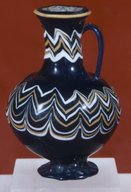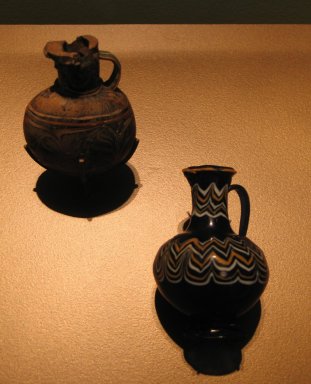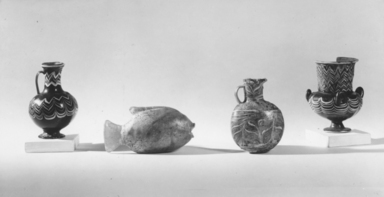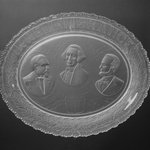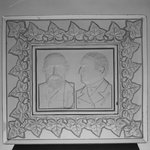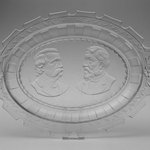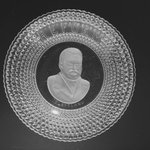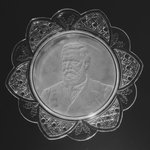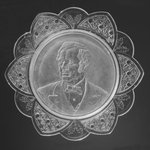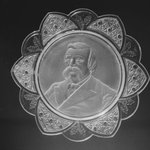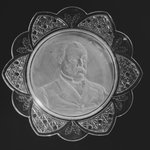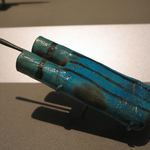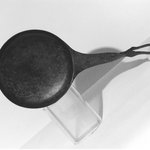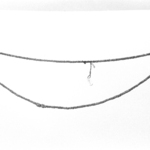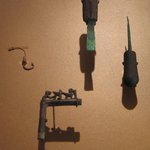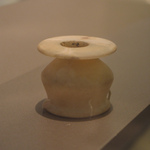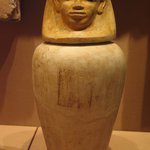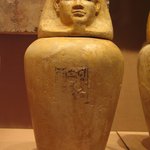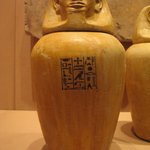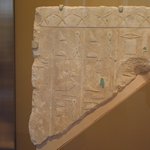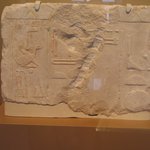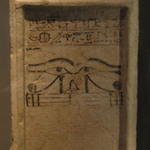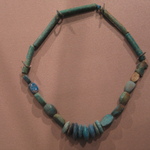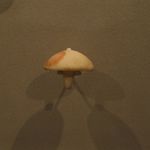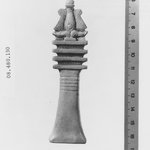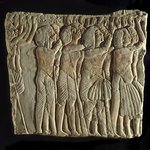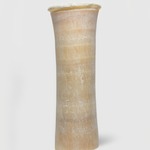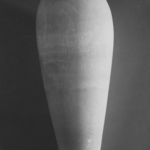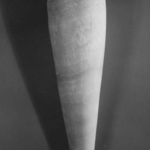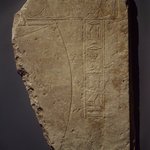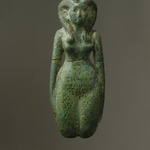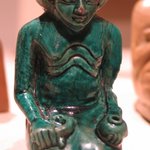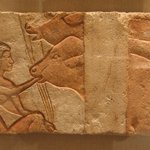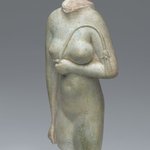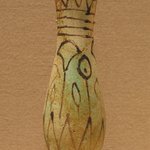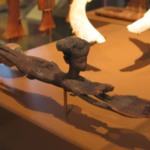

Polychrome Core-formed Bottle with Festooned Design, ca. 1390-1336 B.C.E. Glass, 3 3/8 x Diam. 2 7/16 in. (8.6 x 6.2 cm). Brooklyn Museum, Charles Edwin Wilbour Fund, 37.341E. Creative Commons-BY (Photo: Brooklyn Museum, CUR.37.341E_view5.jpg)
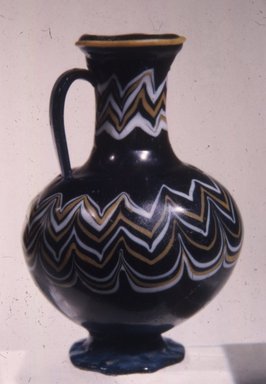
Polychrome Core-formed Bottle with Festooned Design, ca. 1390-1336 B.C.E. Glass, 3 3/8 x Diam. 2 7/16 in. (8.6 x 6.2 cm). Brooklyn Museum, Charles Edwin Wilbour Fund, 37.341E. Creative Commons-BY (Photo: Brooklyn Museum, CUR.37.341E_view1.jpg)

Polychrome Core-formed Bottle with Festooned Design, ca. 1390-1336 B.C.E. Glass, 3 3/8 x Diam. 2 7/16 in. (8.6 x 6.2 cm). Brooklyn Museum, Charles Edwin Wilbour Fund, 37.341E. Creative Commons-BY (Photo: Brooklyn Museum, CUR.37.341E_view2.jpg)
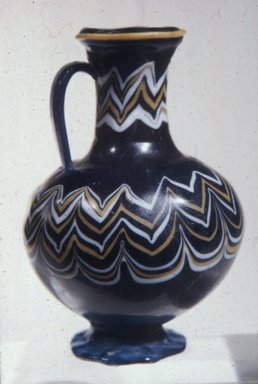
Polychrome Core-formed Bottle with Festooned Design, ca. 1390-1336 B.C.E. Glass, 3 3/8 x Diam. 2 7/16 in. (8.6 x 6.2 cm). Brooklyn Museum, Charles Edwin Wilbour Fund, 37.341E. Creative Commons-BY (Photo: Brooklyn Museum, CUR.37.341E_view3.jpg)
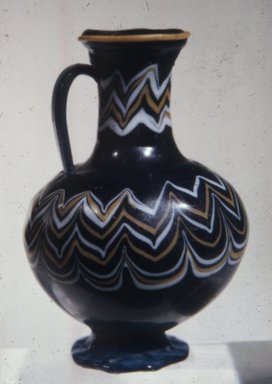
Polychrome Core-formed Bottle with Festooned Design, ca. 1390-1336 B.C.E. Glass, 3 3/8 x Diam. 2 7/16 in. (8.6 x 6.2 cm). Brooklyn Museum, Charles Edwin Wilbour Fund, 37.341E. Creative Commons-BY (Photo: Brooklyn Museum, CUR.37.341E_view4.jpg)
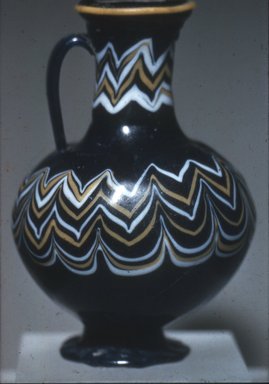
Polychrome Core-formed Bottle with Festooned Design, ca. 1390-1336 B.C.E. Glass, 3 3/8 x Diam. 2 7/16 in. (8.6 x 6.2 cm). Brooklyn Museum, Charles Edwin Wilbour Fund, 37.341E. Creative Commons-BY (Photo: Brooklyn Museum, CUR.37.341E_view6.jpg)
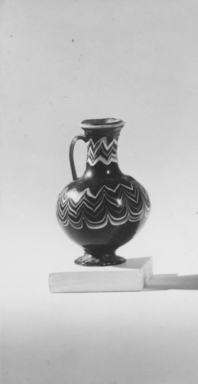
Polychrome Core-formed Bottle with Festooned Design, ca. 1390-1336 B.C.E. Glass, 3 3/8 x Diam. 2 7/16 in. (8.6 x 6.2 cm). Brooklyn Museum, Charles Edwin Wilbour Fund, 37.341E. Creative Commons-BY (Photo: , CUR.37.341E_NegID_37.340EGRPB_print_cropped_bw.jpg)

Polychrome Core-formed Bottle with Festooned Design, ca. 1390-1336 B.C.E. Glass, 3 3/8 x Diam. 2 7/16 in. (8.6 x 6.2 cm). Brooklyn Museum, Charles Edwin Wilbour Fund, 37.341E. Creative Commons-BY (Photo: , 37.340E_37.341E_GrpA_SL4.jpg)
Polychrome Core-formed Bottle with Festooned Design
Egyptian, Classical, Ancient Near Eastern Art
On View: Egyptian Orientation Gallery, 3rd Floor
Ancient Egyptian artists produced vessels in both glass and faience, producing different effects with each material.
The Egyptians began manufacturing glass vessels during the Eighteenth Dynasty reign of Thutmose III (circa 1479–1425 B.C.E.). Early examples, valued for their rarity and beauty, were luxury items used to store precious oils and perfumes. Craftsmen produced striking effects by adding threads of colored glass to a vessel’s surface while it was still hot and then dragging a pointed object across the surface to produce festooned patterns. The artist who made the fish flask shown here indicated the animal’s scales by pressing blue powdered glass down into the interior.
Early scholars often incorrectly characterized faience as simply an inexpensive substitute for glass, but recent research suggests that the Egyptians favored the material because of its attractive color and its association with water, the source of creation. A characteristic type of Eighteenth Dynasty faience vessel is the shallow bowl. Early in the dynasty, artists painted the interiors of these bowls with marsh scenes including fish and water plants; later painters introduced human figures.
